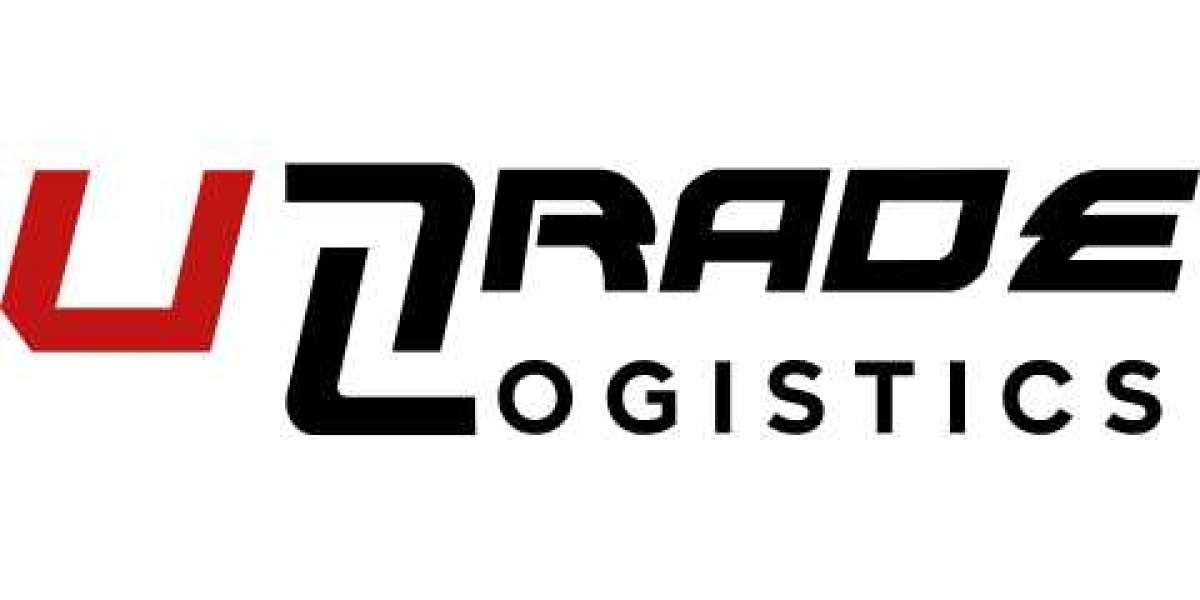Understanding Tariff Codes in Canada
International trade depends heavily on accuracy and compliance. One of the most important elements of importing or exporting goods is the correct use of tariff codes. In Canada, businesses rely on tariff code lookup Canada to determine the right classification of their products. These codes are not just numbers; they act as universal identifiers that help customs authorities assess duties, taxes, and trade regulations.
Tariff codes follow a global system known as the Harmonized System (HS). This standardized framework ensures that products are identified and classified uniformly across participating countries. For Canadian importers and exporters, knowing the correct tariff code means avoiding delays, penalties, and unexpected costs at the border.
Why Tariff Code Accuracy Matters
The importance of correct tariff codes cannot be overstated. A single error in classification can lead to serious financial and operational consequences. When businesses conduct a tariff code lookup Canada, they ensure that goods are entered into the customs system with the right description and category.
Accurate codes determine the duty rate payable. They also influence whether products qualify for free trade agreements like CUSMA. In some cases, they may decide if a product is restricted or requires additional permits. For companies that operate on tight margins, even a small difference in duty rates can significantly impact overall profitability.
How Tariff Code Lookup Canada Works
The Canadian Border Services Agency (CBSA) maintains the Customs Tariff, a detailed reference document that contains all tariff classifications and duty rates. Importers can perform a tariff code lookup Canada through the CBSA’s online resources or with the help of logistics service providers.
The process involves matching a product’s characteristics with the official HS classification. Each code begins with a six-digit HS base, followed by additional digits that specify details relevant to Canada. For instance, a general category like footwear will have many subcategories depending on the material, purpose, and design of the shoes.
Businesses often struggle with classification because many products don’t fit neatly into one description. This is why professional assistance is often recommended. Logistics experts and customs brokers have the experience to interpret product details and match them with the right codes.
Common Challenges in Tariff Classification
Despite the availability of resources, businesses often encounter difficulties in determining accurate codes. Some products have multiple potential classifications, which creates confusion. A company might interpret its goods as falling under one category, while customs officers may decide differently.
Misclassification can lead to either overpayment or underpayment of duties. Overpayment impacts profitability, while underpayment risks audits, fines, and shipment delays. A tariff code lookup Canada is designed to minimize these risks, but it requires careful attention to detail.
Another challenge is keeping up with regulatory changes. The HS system is updated every few years to reflect new technologies and market trends. This means businesses must regularly review and update their classifications to remain compliant.
The Role of Customs Brokers
For many businesses, handling tariff classification in-house is both time-consuming and risky. This is why customs brokers play such a vital role. A broker uses tariff code lookup Canada tools and expertise to classify products accurately, prepare customs documentation, and ensure smooth clearance.
Brokers not only save time but also protect companies from costly errors. They have access to specialized resources and direct communication with CBSA, which makes them a reliable partner for importers and exporters. For businesses dealing with large volumes of shipments, relying on professional support is often the smartest choice.
Tariff Codes and Free Trade Agreements
Canada participates in several trade agreements, such as the Comprehensive Economic and Trade Agreement (CETA) with the European Union and CUSMA with the United States and Mexico. The correct use of tariff codes is essential for businesses to claim preferential duty rates under these agreements.
When conducting a tariff code lookup Canada, companies must verify if their goods qualify for tariff reductions. Failure to apply the right code may cause customs to reject a preferential duty claim. This can result in higher costs and lost competitive advantages in the market.
Technology and Automation in Tariff Code Lookup
As trade processes become more digital, businesses are turning to automated solutions for classification. Modern software platforms can perform tariff code lookup Canada functions quickly and with a high level of accuracy. These systems analyze product descriptions and suggest possible codes, which reduces the chances of misclassification.
While automation offers efficiency, human oversight is still necessary. Complex products may require expert judgment to interpret regulatory notes and determine the best classification. The combination of digital tools and professional expertise provides the most reliable results.
Tariff Codes and Business Strategy
Beyond compliance, tariff codes have strategic importance. A tariff code lookup Canada allows companies to plan pricing structures, evaluate supply chain costs, and make informed sourcing decisions. Knowing the duties associated with a product category helps businesses assess whether it is more cost-effective to import, manufacture locally, or seek alternative suppliers.
In industries with competitive pricing, such as retail or consumer goods, even a small duty reduction can provide a competitive edge. By staying proactive with tariff classification, businesses position themselves to maximize efficiency and profitability.
Training and Knowledge for Businesses
To reduce dependency on external resources, many companies invest in training their staff. Understanding how to conduct a tariff code lookup Canada internally ensures greater control and quicker decision-making. Employees trained in tariff classification can identify potential risks, spot errors early, and work more effectively with brokers or customs officials.
The CBSA and various trade associations often provide training sessions, webinars, and workshops focused on tariff classification. These resources help businesses strengthen their internal capacity and improve compliance.
Staying Updated with Tariff Code Changes
The world of trade is dynamic, and tariff codes evolve as global markets change. New products, technologies, and materials often require new classifications. For this reason, businesses must regularly revisit the Customs Tariff and update their classifications.
A tariff code lookup Canada performed once may not be valid forever. Companies that fail to adjust to updates risk compliance issues and financial losses. Staying informed ensures that import and export operations run smoothly.
Conclusion
International trade success depends on accuracy, compliance, and planning. For Canadian businesses, the ability to conduct a tariff code lookup Canada is central to meeting these requirements. Correct tariff codes mean fair duties, eligibility for trade agreements, and smoother customs clearance.
While the process can be complex, businesses have options. They can rely on customs brokers, adopt digital solutions, or build internal expertise to handle classification effectively. By making tariff code accuracy a priority, companies protect themselves from risks and open doors to new opportunities in global trade.


